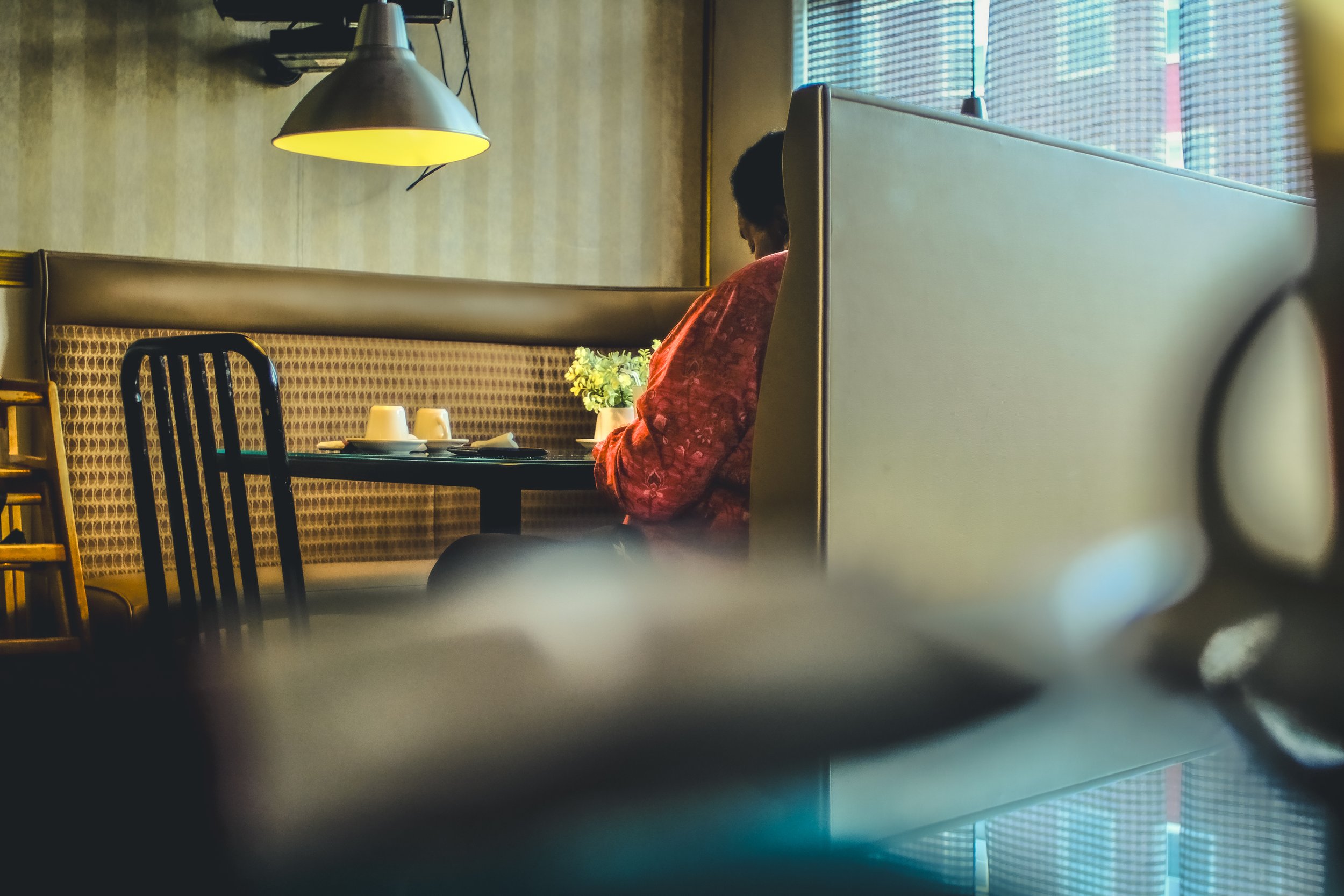Art Official Intelligence: On AI And Creativity


My shitty attempt at using PhotoShop’s Generative Fill
I’ll start off by saying this plainly. I’m tired of the AI conversation. In a matter of months, the injection of artificial intelligence into everything from TikTok filters to sex toys has known no bounds. And depending on who you ask it is either the burgeoning of yet another tech revolution or the kickoff to the end of humanity.
Why not both?
Nowhere has AI enveloped the lexicon more than in art. One of the major sticking points of the SAG/AFTRA strike is the AMPTP’s proposed use of AI to scan background actors and use their images in perpetuity without compensation. AI has been used to simulate your favorite singers and rappers performing brand-new songs and covers. And just about every online photography group I frequent is debating on whether or not to allow AI-augmented images to be submitted.
For many, the core of the artificial intelligence debate comes down to who or what is doing the actual creation.
But, as photography has often proved, technology is often not the death knell of our vision of what authentic creation looks like.
I was walking the dog recently, my camera slung over my shoulder. As I walked someone said, “You don’t see real cameras much anymore”. Without thinking I responded, “Oh, it’s not real. It’s digital.”
There was a time when that was the appropriate response.
Since the invention of the photograph, there have been advancements in the art that have scared purists. When color photography was first introduced it was seen as a novelty that had no place in legitimate photography circles. To this day many photographers believe that digital photography cheapens the experience of taking a photo. After all, where is the skill if you can shoot a scene over and over, getting instant feedback to see if you achieved your vision?
At one point digital stock photography was supposed to be an industry killer. The idea of hundreds of thousands of photos stockpiled on a hard drive meant that photographers would no longer be hired to shoot images for corporate publications and advertisements. Ironically, AI now stands to threaten the stock photography industry.
With each technological advancement photography notoriously prepares for the obsolescence of the photographer. But, this time feels different. In the digital era of photography advancements, where the likes of LightRoom and PhotoShop have felt like augmentations AI feels like a replacement.
Possibly the most extreme example of a photographer’s AI nightmare is Paragraphica. Developed by Bjørn Karmann, Paragraphica is a “context-to-image camera that uses location data and artificial intelligence to visualize a ‘photo’ of a specific place and moment”. In short, Paragraphica supposes what a street, or landscape image would look like based on data and AI. While panic-inducing Paragraphica is an experiment on the extremes of AI photography. Not the goal.
Regardless of the genre, technological advancements are viewed as removing the skill from a discipline. Music has advanced from splicing reel to reels to editing music on software so sophisticated that many of your favorite songs consist of hundreds, of cuts and layers to perfect a desired sound. Television and film in the same fashion have advanced from shooting on sets built by construction workers on reels of film to being able to create fully artificial landscapes on digital cameras whose runtime is limited solely by the space on a microchip.
In the hands of passionate artists technology has expanded the canvas on which creators create while expanding access to those who otherwise might be shut out of the arts entirely. Hip Hop was created because large swaths of young visionaries didn’t have access to instruments. What if AI can give rise to a generation of young photographers who can’t afford to travel the world with five-thousand-dollar Leicas?
That said, when asked to vote on whether or not to include AI images in the photography groups I participate in I voted to not allow them. The use of AI in photography is still in its infancy. We are still exploring the bounds of such a powerful tool which means we have yet to solidify the boundaries of photography and AI. I am of the mind that AI photography will be its own separate art form. Where in photography the photo is the art we may find that for the AI iteration, the photo is merely the canvas.
We are a very very long way from technology mimicking the human experience or its soul. AI is working feverishly to create believable facsimiles of human creation by scraping every bit of the internet. It’s why Getty is suing “image synthesizer” Stable Image for $1.8 Trillion after learning that the software trained itself using 12 million Getty-owned images which even include variations of the Getty watermark.
James Cameron’s remarks on AI in the film industry explain it best. “Let’s wait 20 years, and if an AI wins an Oscar for best screenplay, I think we’ve got to take them seriously.”
Also, shout out to you if you got the De La Soul reference in the title.
